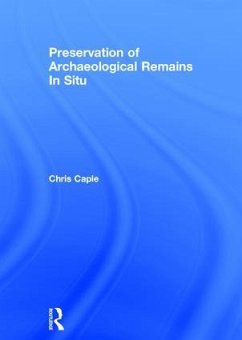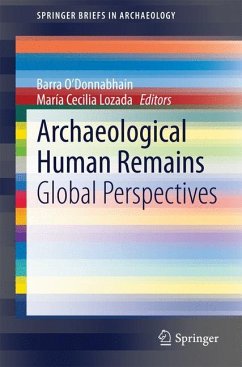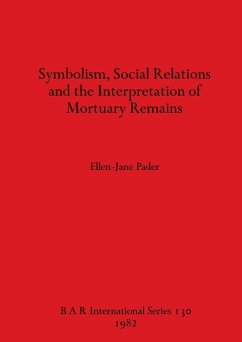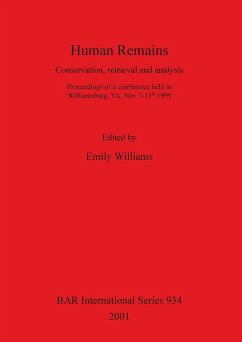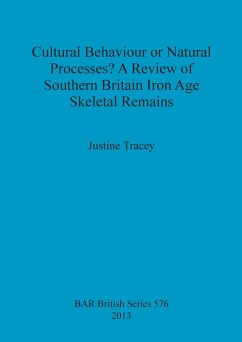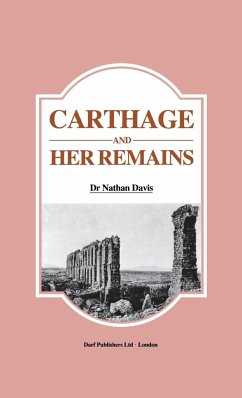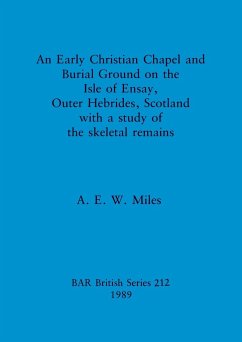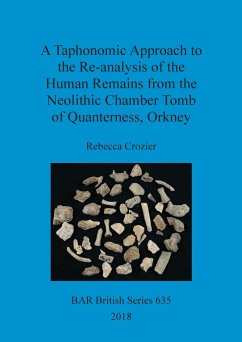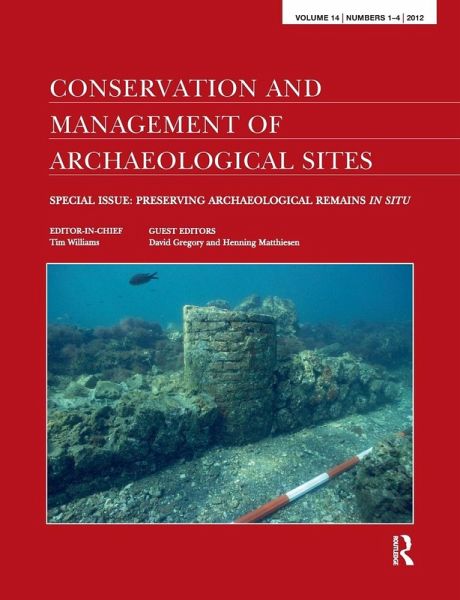
Preserving Archaeological Remains in Situ
Proceedings of the 4th International Conference
Versandkostenfrei!
Versandfertig in 1-2 Wochen
88,99 €
inkl. MwSt.
Weitere Ausgaben:

PAYBACK Punkte
44 °P sammeln!
This book is an outcome of the conference on preserving archaeological remains in situ in Denmark. The conference focuses on long-term studies of degradation and monitoring of archaeological sites preserved in situ in urban, rural, and marine environments.





